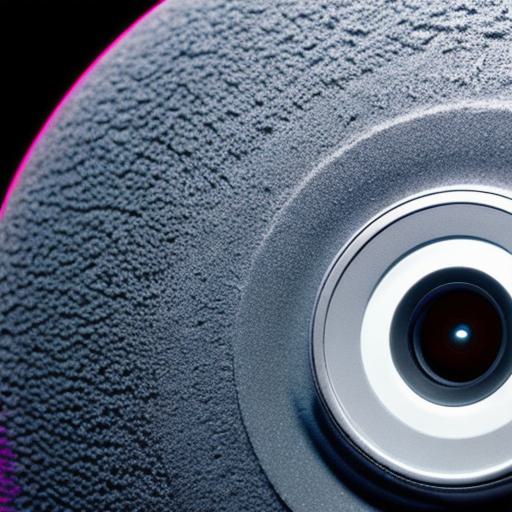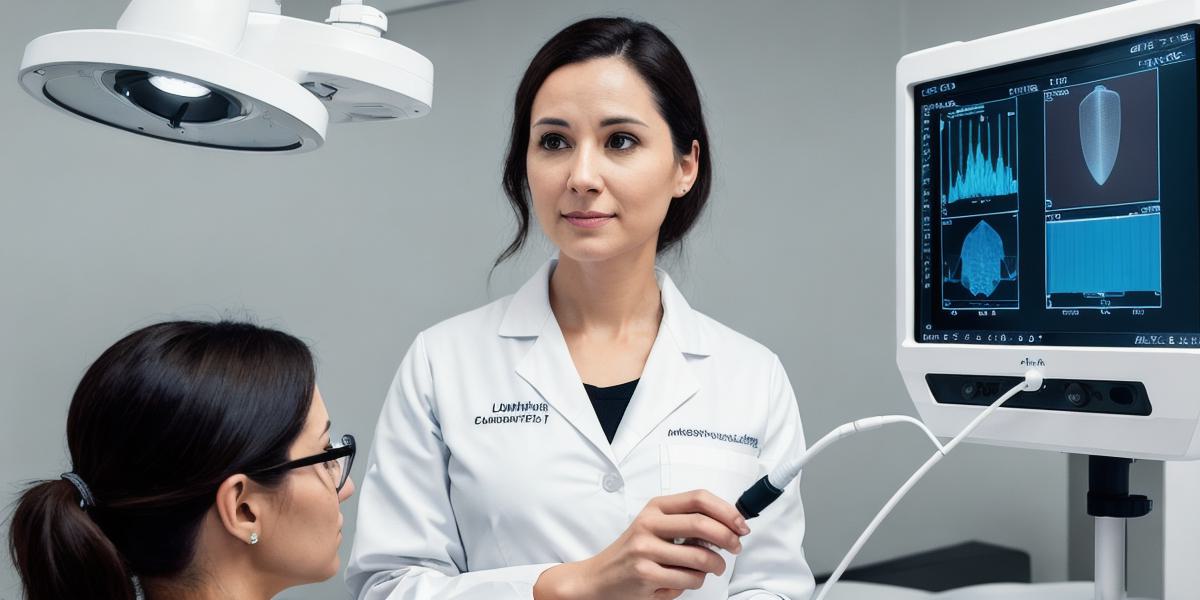Introduction
Ultrasound machines have become an essential tool in various industries, including medicine, engineering, and science. These non-invasive imaging devices can provide valuable insights into internal structures of objects, and their use has been on the rise in recent years. One of the most common applications of ultrasound is taking pictures, which can be useful for diagnostic purposes, monitoring progress during therapy, or simply documenting a process. However, taking high-quality images can be challenging, especially if you’re new to using ultrasound machines. In this article, we’ll provide some tips and tricks on how to take amazing ultrasound pictures.
- Understanding the basics of ultrasound imaging
Before diving into taking pictures, it’s essential to understand the basics of ultrasound imaging. Ultrasound machines emit high-frequency sound waves that are reflected back by tissues in the body or objects under investigation. These reflections create an image on a screen, which can be viewed in real-time or saved as a static image.
When taking pictures, it’s crucial to adjust various settings such as gain, frequency, and frame rate according to your application. These settings determine how well the ultrasound machine captures and displays the image.
- Choosing the right probe
The choice of the right probe is critical to achieving high-quality images. Ultrasound probes come in various shapes and sizes, depending on the application and the area you’re scanning. For example, if you’re taking pictures of the heart, you’ll need a cardiac probe that can capture detailed images of the heart chambers and valves.
When choosing a probe, consider its resolution, contrast, and depth penetration. A high-resolution probe can capture fine details in the image, while a probe with good contrast can help distinguish between different tissues. A probe with deep penetration is useful for scanning structures that are located far from the surface.
- Positioning the probe correctly
Proper positioning of the probe is crucial to achieve high-quality images. The probe should be placed perpendicular to the area you’re scanning, and the gain settings should be adjusted according to the depth of penetration. It’s also essential to keep the probe still during imaging to avoid blurry images.
- Adjusting gain and other settings
Gain is a critical setting that determines the brightness and contrast of the image. A high gain setting can make the image brighter, but it can also cause artifacts such as shadowing or echoes. Conversely, a low gain setting can produce a dimmer image but with fewer artifacts.

Other settings such as frequency and frame rate should also be adjusted according to your application. For example, higher frequencies are useful for scanning small structures such as blood vessels, while lower frequencies are better for larger structures such as bones. The frame rate determines how many frames per second the ultrasound machine captures, which can be crucial for real-time monitoring.
- Using post-processing software
Post-processing software can enhance the quality of your images by adjusting brightness, contrast, and other parameters. Several software programs are available for this purpose, including Adobe Photoshop, GIMP, and ImageJ. These software tools can help you achieve professional-looking images that are suitable for publication or presentation.
- Sharing your images
Sharing your ultrasound images is an excellent way to showcase your work and gain recognition in your field. You can share your images on social media platforms such as Twitter, Facebook, or LinkedIn, or submit them to scientific journals for publication.
Conclusion
Taking high-quality ultrasound pictures can be a daunting task for beginners, but with the right knowledge and tools, anyone can achieve amazing results. By understanding the basics of ultrasound imaging, choosing the right probe, positioning the probe correctly, adjusting gain and other settings, using post-processing software, and sharing your images, you can take your ultrasound imaging skills to the next level. With practice and patience, you’ll soon be producing stunning ultrasound pictures that will impress your colleagues and clients alike!
FAQs
- What is ultrasound imaging?
Ultrasound imaging is a non-invasive medical imaging technique that uses high-frequency sound waves to produce images of internal structures in the body or objects under investigation.
- How does ultrasound imaging work?
Ultrasound machines emit high-frequency sound waves that are reflected back by tissues in the body or objects under investigation. These reflections create an image on a screen, which can be viewed in real-time or saved as a static image.
- What is the difference between 2D and 3D ultrasound imaging?
2D ultrasound imaging produces a flat, two-dimensional image of the area under investigation, while 3D ultrasound imaging creates a three-dimensional representation of the area under investigation using multiple images taken from different angles.
- What is gain in ultrasound imaging?
Gain is a critical setting that determines the brightness and contrast of the image. A high gain setting can make the image brighter, but it can also cause artifacts such as shadowing or echoes. Conversely, a low gain setting can produce a dimmer image but with fewer artifacts.



